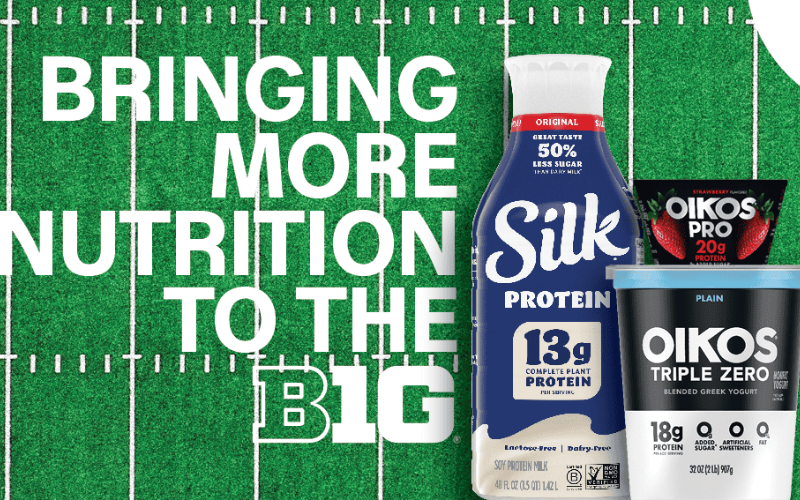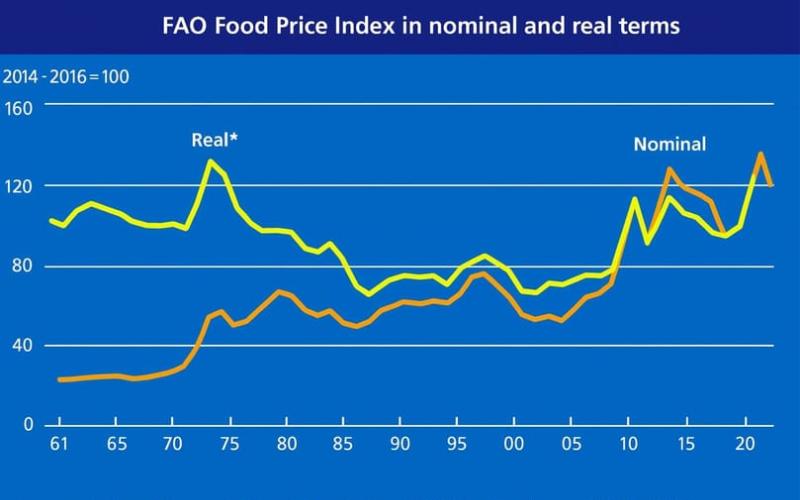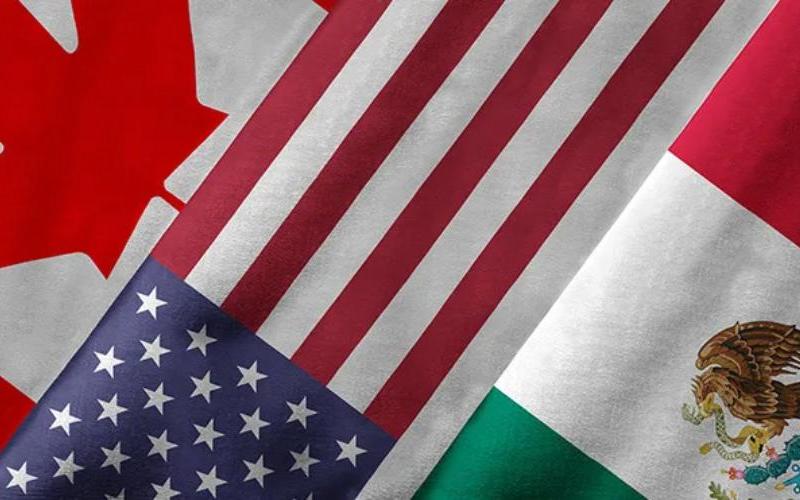When “Phantom Herds” Cost €20 Million: Why Verification, Not Bureaucracy, Protects Dairy Integrity

The failures in Greece reflect vulnerabilities within North American milk pricing and subsidy systems — where paperwork often moves faster than technology.
The good news? Solutions already exist. Digital traceability, satellite verification, and data-based auditing are transforming oversight from bureaucracy into a safeguard for integrity, transparency, and trust in modern dairying.
The Data Behind Dairy: Why Trust Must Be Verified
Every dairy farmer knows that our business runs on trust — quietly embedded in milk tankers, market reports, and cooperative balance sheets that we rely on daily.
That’s why when European investigators uncovered a multimillion-euro subsidy fraud built on fake documents and non-existent herds, the story hit close to home.
The Greek “phantom herd” case wasn’t about high-tech cybercrime. It was about paperwork outpacing proof — a cautionary tale for all markets still governed by manual systems.
Inside Greece’s “Phantom Herd” Scandal
The fraud spanned seven years, siphoning €20 million through 324 fictitious farmers who invented livestock and falsified land ownership documents. The scheme was executed through OPEKEPE, the Greek administrative body responsible for EU agricultural payments, according to the European Public Prosecutor’s Office (EPPO).
The European Commission fined Greece €400 million for “systemic verification failures,” forcing the Ministry of Rural Development to overhaul its subsidy validation procedures.
As always, the fallout hit the honest producers hardest — small family-run dairy farms milking goats and sheep for Greece’s PDO-protected feta cheese now face more scrutiny, delayed payments, and reputational damage through no fault of their own.
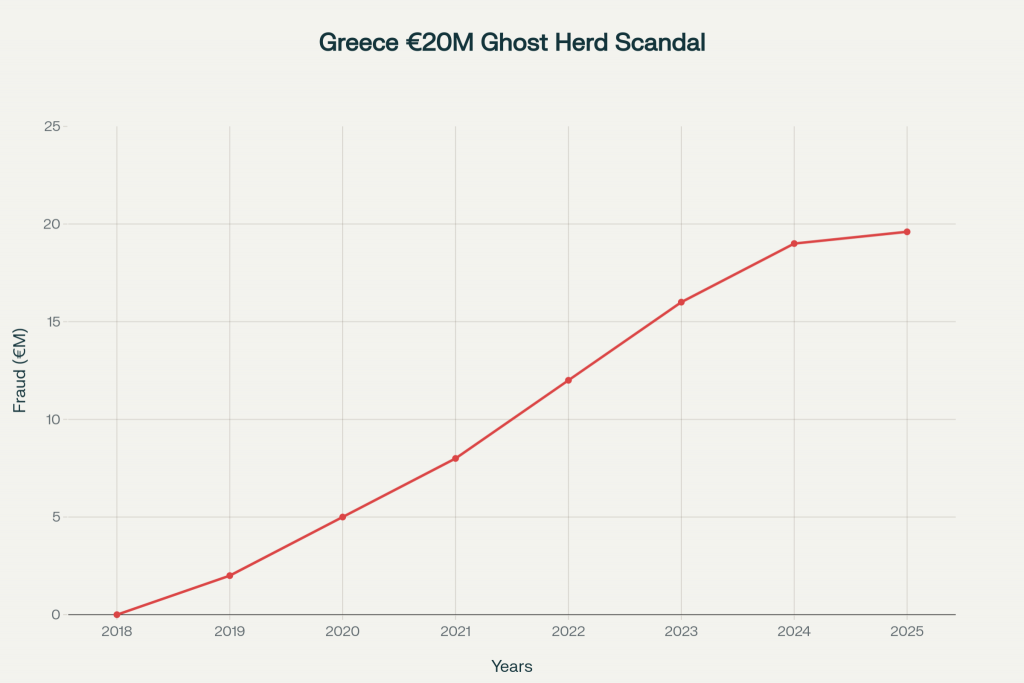
Why This Story Matters Beyond Europe
While the fraud occurred thousands of kilometers away, the weaknesses it exposed look uncomfortably familiar across the Atlantic.
From milk pooling to subsidy checks, North American dairy systems rely just as heavily on data accuracy — and face similar risks when complexity outweighs clarity.
1. When Paperwork Outruns Practice
Enrollment in the Dairy Margin Coverage (DMC) program dropped by 33% (from 23,485 to 15,686 farms) despite falling profitability in 2023. As paperwork grows more complex, fewer farmers participate in programs designed to protect them — leaving their businesses exposed.
Although the USDA’s Farm Service Agency (FSA) has introduced partial digital reporting, data integration between systems remains limited.
A University of Wisconsin study calls this a “trust-based compliance model” — one that works in normal times but falters when information exchange is inconsistent.
This isn’t about fraud — it’s about inefficiency. And inefficiency creates space for errors, misinformation, and administrative fatigue on both sides.
2. When Complexity Breeds Confusion
The Federal Milk Marketing Order (FMMO) system was designed to ensure fairness in pricing, yet even seasoned operators admit it’s anything but transparent.
The Class I pricing change under the 2018 Farm Bill alone cost producers over $1 billion in lost income. Meanwhile, processors legally “de-pool” milk to optimize margins — a practice that, while legal, has shifted hundreds of millions of dollars, according to the USDA’s Economic Research Service (ERS).
Legality aside, such complexity erodes trust — the same vacuum that allowed fraud to thrive in Greece. When producers can’t trace how value moves, suspicion grows, even in legitimate systems.
The antidote is clear: transparency, simplicity, and clarity.
3. Accountability Builds Resilience
Funding mechanisms like national checkoff programs show how accountability transforms obligation into trust.
A Farm Action audit (2024) found several non-dairy commodity boards operating without full USDA validation — sparking industry-wide discussions about governance standards.
Dairy boards weren’t implicated, but the moment served as a timely reminder: transparency reinforces confidence across the entire value chain.
Producers aren’t opposed to oversight — they just want assurance that their contributions strengthen consumer trust, support exports, and fund innovation.
The Bigger Picture: Consolidation and Oversight Pressure
Since 2013, half of U.S. dairy farms have closed, while mega-dairies (1,000+ cows) now produce 70% of the nation’s milk. The consolidation cycle has shortened to just 10 years — adapt or join the 4% annual closure rate.
According to the USDA’s National Agricultural Statistics Service (NASS), there are about 24,800 licensed herds today, down from nearly 49,000 in 2013.
Smaller farms, often with under 250 cows, face nearly the same compliance requirements as 3,000-cow operations — but without dedicated administrative staff.
In Canada, the ProAction program from Dairy Farmers of Canada (DFC) integrates animal care, milk quality, and traceability under one predictable verification system — proving that structured transparency reduces anxiety rather than amplifying it.
Good auditing, when done right, doesn’t slow farms down — it lets them focus on milk quality, genetics, and herd health, not bureaucracy.
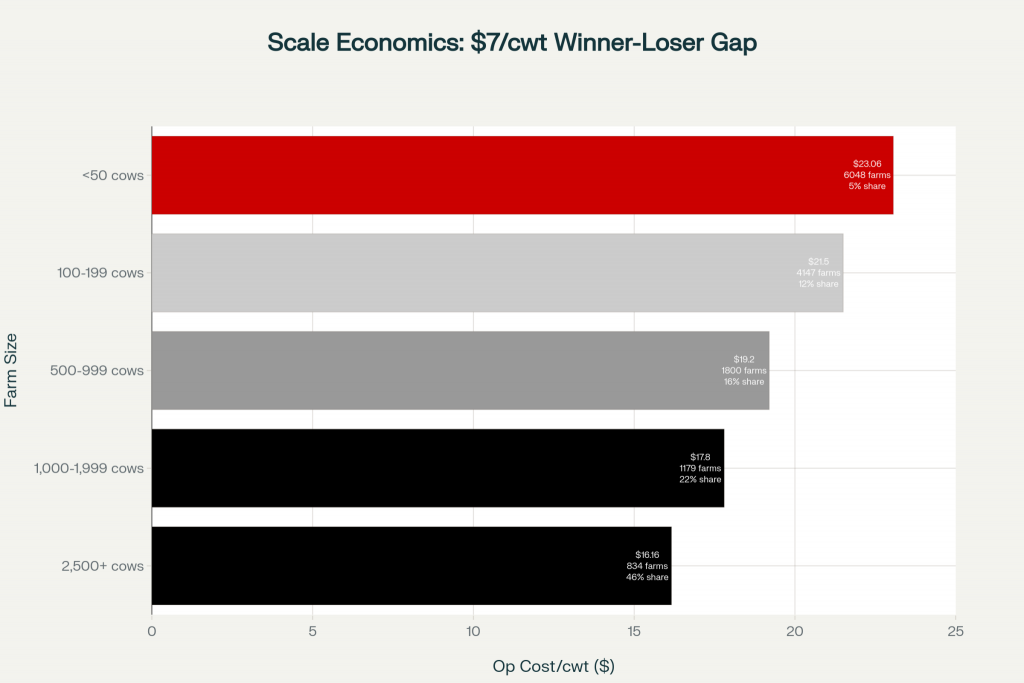
Technology Catches Up
Across continents, smarter verification is becoming the norm, not the exception.
-
Digital traceability: European and North American co-ops are piloting blockchain-linked milk collection logs, recording location, time, and composition for every batch — immutable and tamper-proof.
-
Satellite auditing: Agriculture and Agri-Food Canada (AAFC) now uses satellite imagery to confirm environmental compliance, reducing on-site inspections for trusted farms.
-
Risk-based oversight: The USDA is testing data-driven audit frequency — fewer checks for consistently accurate producers.
The result? Efficiency that rewards transparency.
Farmers Lead the Change
Producers themselves are proving that transparency works best when it starts within.
In Wisconsin, Minnesota, and Michigan, Dairy Profit Teams exchange cost and efficiency data confidentially, while benchmarking programs in British Columbia and Manitoba allow anonymous nutrient and sustainability comparisons.
As one Manitoba producer put it: “Once you see the real numbers, you stop guessing who’s ahead or behind. We realized we were doing just fine — we were just measuring differently.”
That’s how farms thrive — not through secrecy, but through collaboration built on verified data.The Takeaway
The Greek subsidy scandal wasn’t born from bad farmers, but from oversight systems falling behind reality.
North American dairy, by contrast, still has the opportunity to lead — modernizing without losing what matters most: integrity.
Our farms already excel at data measurement — from fresh cow management to feed conversion tracking. The next step is to anchor that data in verified trust.
Because, as Greece’s experience shows, trust without verification is fragile — but verification, done right, reinforces trust without adding burden.
The gap between compliance and corruption is no wider than the gap between trust and proof. Closing it isn’t bureaucracy — it’s how dairy protects its reputation, one verified record at a time.


